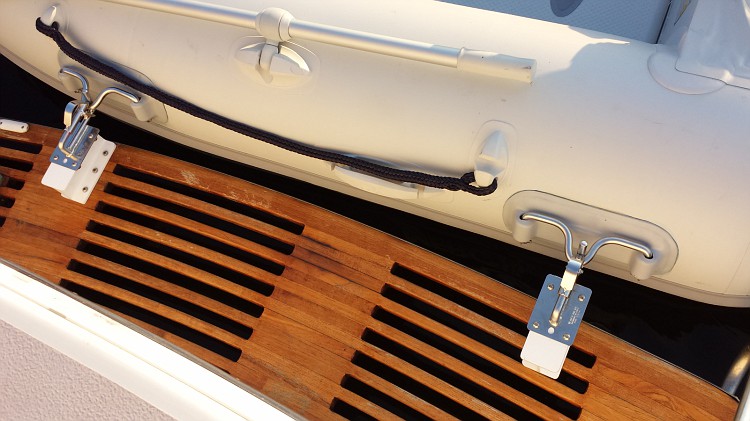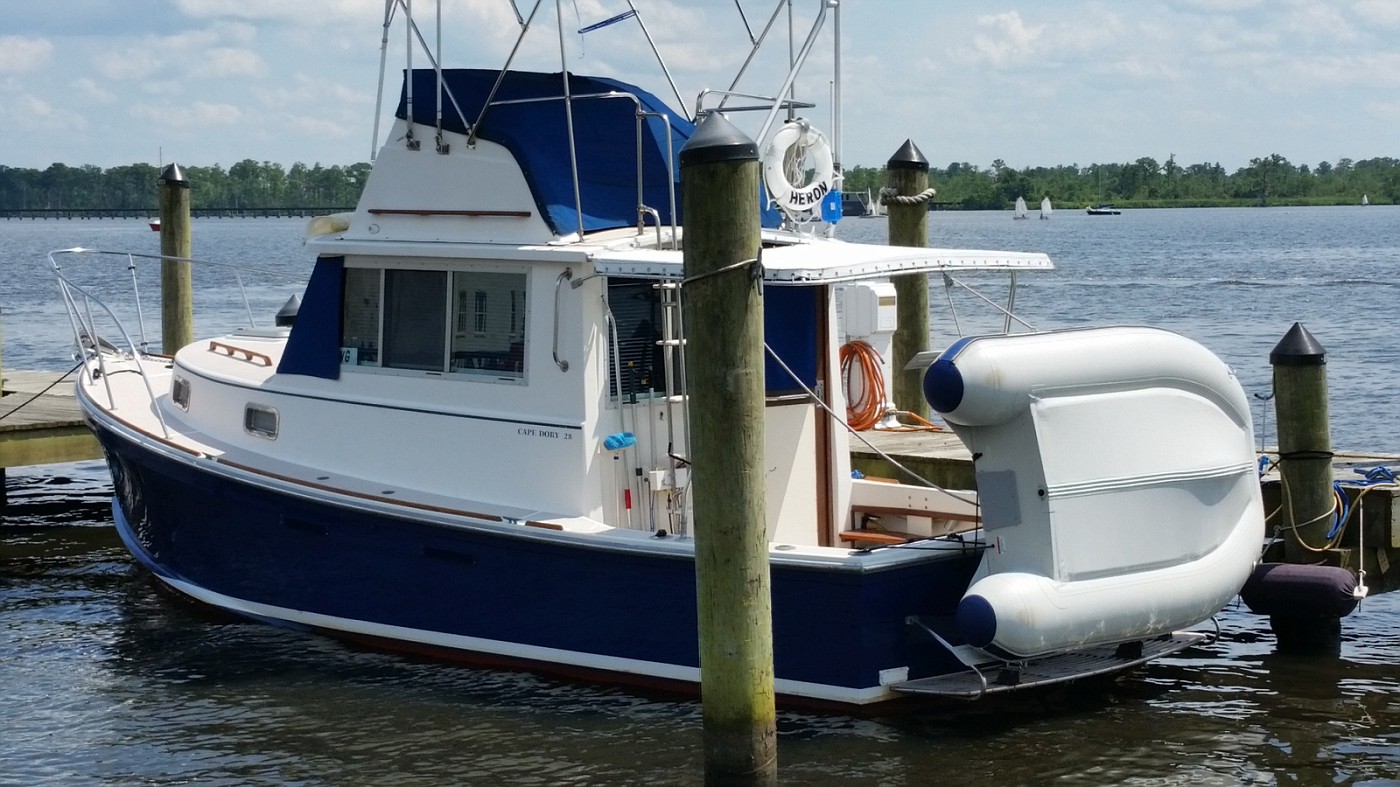BruceK
Moderator Emeritus
- Joined
- Oct 31, 2011
- Messages
- 13,347
- Vessel Name
- Sojourn
- Vessel Make
- Integrity 386
Al, good idea asking Weaver, this must have come up before.
From your description there is more surface making good than I anticipated, and getting the Sika smooth could be an issue, but if it is just apply the Sika and press on the Weaver fitting it might work and have no voids. Guess it depends how attached you are to the dinghy, how old it is, etc if it all goes bad. I just think grinding it with the expectation of creating a hole at each site and having to repair them is not on.
My dinghy is .9mm material and a reputable local brand made in Korea, others now for sale are up to 1.2mm. How thick yours is may be a consideration for sanding it. I suppose there is no solvent to remove the brand patch which won`t also destroy the pvc.
From your description there is more surface making good than I anticipated, and getting the Sika smooth could be an issue, but if it is just apply the Sika and press on the Weaver fitting it might work and have no voids. Guess it depends how attached you are to the dinghy, how old it is, etc if it all goes bad. I just think grinding it with the expectation of creating a hole at each site and having to repair them is not on.
My dinghy is .9mm material and a reputable local brand made in Korea, others now for sale are up to 1.2mm. How thick yours is may be a consideration for sanding it. I suppose there is no solvent to remove the brand patch which won`t also destroy the pvc.



